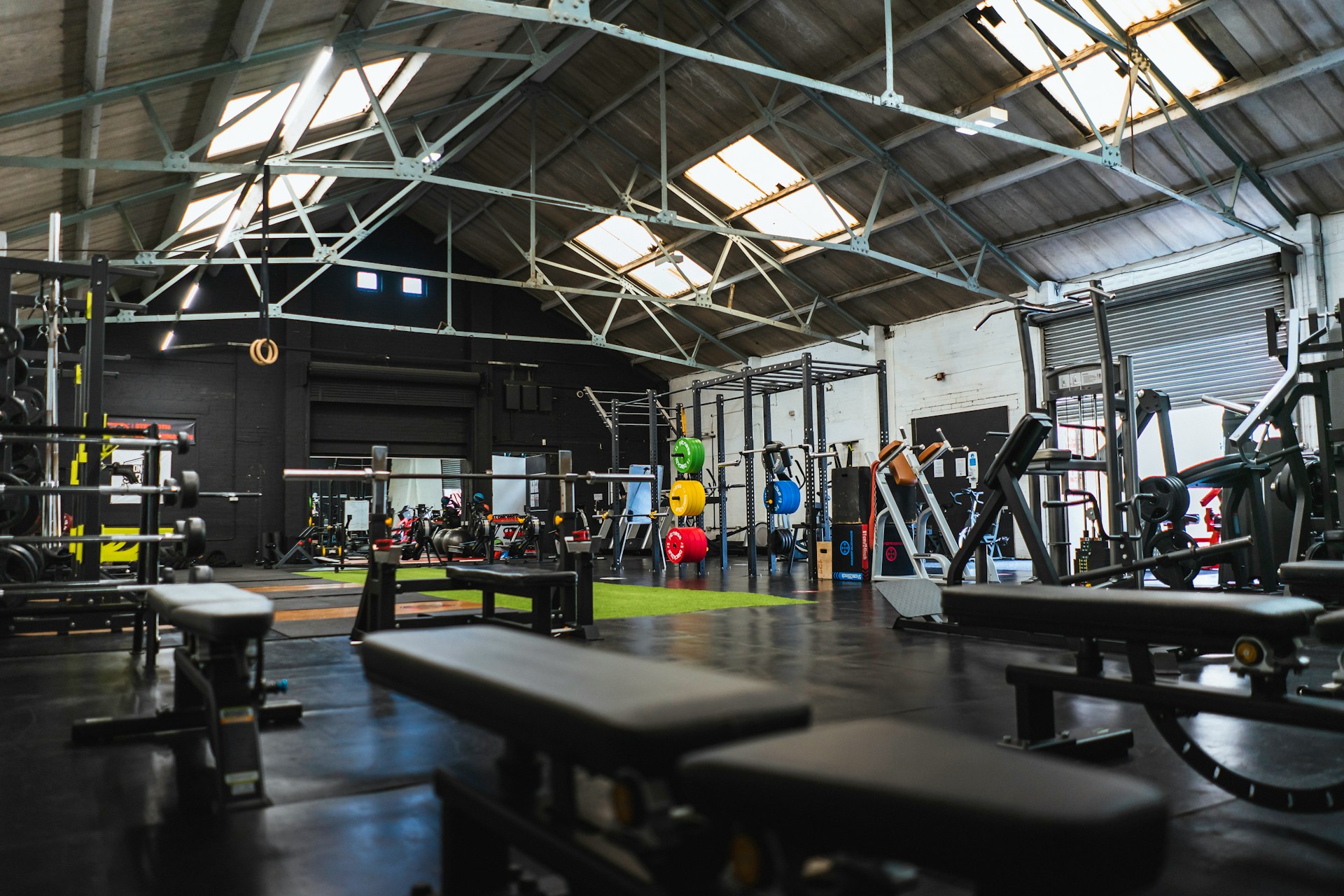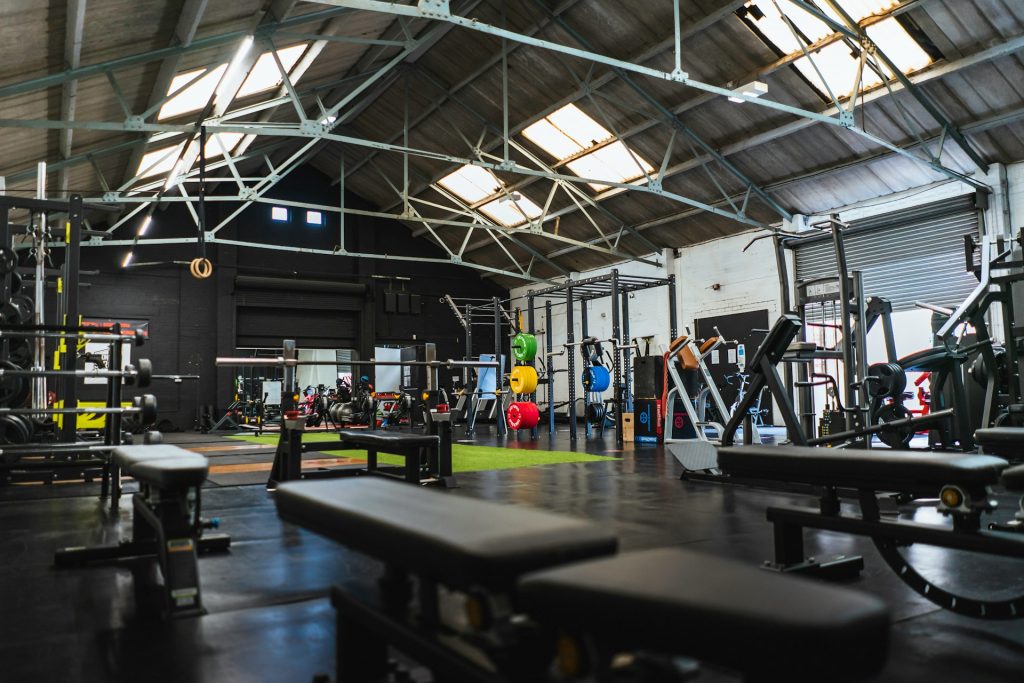
How to Use Adjustable Bench and Best Weight Bench Exercises
Adjustable benches are essential for any strength training routine. Unlike flat benches, they offer flexibility in exercise angles and positions, allowing users to target different muscle groups with precision. This versatility helps beginners and experienced lifters alike to engage muscles effectively across multiple exercises, making each workout more dynamic and efficient. This blog discusses how to use adjustable bench for maximum impact.
Adjustable benches also allow for incline, decline, and flat settings, adding variety to traditional exercises. With these angles, you can focus on specific muscles, like the upper chest or shoulders, in ways a flat bench simply can’t achieve. By adjusting positions, you can use the same bench for chest presses, shoulder presses, rows, and even core workouts.
Importance of Adjustable Benches in a Home Gym Setup
For home gym setups, an adjustable bench is an ideal choice. It doesn’t take up much space, and you can fold or adjust it to fit in smaller workout areas. This space-saving feature is especially valuable for people with limited room who still want a full-body workout option.
The cost-effectiveness of an adjustable bench also adds to its appeal. You get the functionality of multiple machines in a single piece of equipment. With just one bench, you can perform various exercises that would otherwise require several different machines or weights.
This versatility makes it a smart investment for home fitness enthusiasts looking for a complete workout experience.
Adjustable Bench Features
Backrest
The backrest is where you can adjust the angle to switch between incline, flat, and decline positions. Each position targets different muscles, allowing you to customize your workout easily. The incline setting is excellent for focusing on upper chest muscles, while the decline position engages the lower chest.
Seat
Many adjustable benches also feature a movable seat. This allows users to adapt the seat for better support during specific exercises, such as shoulder presses or incline rows. An adjustable seat ensures you maintain proper form and stay comfortable, which is especially important when lifting heavier weights.
Frame
The frame gives the bench its stability and weight-bearing capacity. When choosing an adjustable bench, look for a frame that feels sturdy and doesn’t wobble under pressure. Some benches come with weight ratings to help you pick one that fits your lifting level. A strong frame also reduces the risk of injury, making it a crucial factor in your decision.
The Mechanism to Adjust the Adjustable Bench
Adjustable benches come with different mechanisms for setting the backrest and seat positions. Common systems include:
- Ladder-Style: These use a notched design that allows for quick adjustments. Simply lift the backrest and lock it into place at the desired angle. Ladder-style mechanisms are fast and usually very stable, ideal for people who switch positions frequently during a workout.
- Pin-and-Hole: This mechanism requires inserting a pin into a series of holes to set the angle. It’s secure and often allows for more precise angle adjustments, though it may take slightly longer to adjust than a ladder-style.
Read Also: Gym Equipment for Sale Adelaide
How to Setup Your Training Bench

Selecting the Right Location
Start by picking a spot that allows for free movement around the bench. Make sure there’s enough room to extend weights fully and perform exercises without hitting walls or other equipment. A clear, open area keeps your workout smooth and reduces the chance of injury.
Next, place the bench on level flooring. Uneven surfaces can lead to wobbling, which affects your stability. A firm, level floor will keep each side of the bench steady as you lift, providing a safe and supportive base. If your workout space has carpet, make sure it’s dense enough to hold the bench in place or consider adding a rubber mat for extra grip.
Initial Assembly and Inspection
Once you’ve chosen the location, begin assembling the bench. Most adjustable benches come with step-by-step instructions, so follow these carefully. Start with the frame, attaching each piece as directed. After the frame, secure the backrest and seat, ensuring each part aligns correctly. Pay attention to any additional pieces, like seat support bars or stabilizing parts.
After assembly, do a quick inspection. Check that all bolts are tight and that the bench feels secure. If anything seems loose, tighten it before use. Give the backrest a test by adjusting it through various positions to confirm it locks in securely.
How to Use an Adjustable Bench
Upper Body Workouts
- Chest Press Variations
- Flat Bench Press: Lie on your back with weights in each hand. This position targets the middle chest muscles. Keep your feet flat on the floor and push the weights straight up until your arms are fully extended.
- Incline Bench Press: Adjust the backrest to an incline angle. This setup focuses on the upper chest, creating a rounded, fuller look. Press the weights upward, keeping your elbows aligned with the bench angle.
- Decline Bench Press: Set the bench to a decline position, allowing you to emphasize the lower chest. This variation can also reduce shoulder strain, making it a great option for those with shoulder issues.
- Shoulder Press
- Seated Shoulder Press: Sit on the bench with the backrest upright. Hold a weight in each hand at shoulder height. Press the weights overhead, extending your arms fully before lowering them back to the start. This movement directly targets the shoulder muscles, improving upper body strength.
- Dumbbell Flyes
- Flat and Incline Positions: In the flat position, lie on the bench with dumbbells in each hand. Extend your arms above your chest, then slowly lower them out to your sides until you feel a stretch. Adjust the bench to an incline position for a greater focus on the upper chest.
Lower Body Workouts
- Step-Ups
- Place one foot on the bench and step up, pushing through your heel to lift your body. Step down and repeat with the other leg. Step-ups strengthen your legs and improve balance. They’re easy to adjust for difficulty—hold weights or increase reps to intensify the workout.
- Bulgarian Split Squats
- Stand a few feet in front of the bench and rest one foot on it. Bend your front knee and lower yourself until your thigh is parallel to the floor. This exercise targets the quads and glutes, building strength in the lower body.
Core Workouts
- Decline Sit-Ups
- Set the bench to a decline angle and secure your feet. Cross your arms over your chest and lower your torso back. Use your abs to raise your upper body back to the start. This movement strengthens the core and adds resistance for better muscle engagement.
- Leg Raises
- Lie flat on the bench with your legs extended. Hold onto the bench for support and raise your legs until they’re perpendicular to your body. Lower them back down slowly. To target the lower abs even more, adjust the bench to a slight incline.
Safety Tips for Beginners
Proper Form and Technique
Maintaining correct posture is essential to avoid injuries. Keep your back flat against the bench and your feet planted firmly on the ground. This stable position helps you control each movement and reduces strain on your back, hips, and shoulders. Focus on controlled movements; avoid jerky motions or lifting weights too quickly, as these increase the risk of injury.
Breathing also plays a crucial role. Exhale while lifting or pushing the weight and inhale while lowering it. This rhythm supports your core and makes each lift safer and more efficient.
Read Also: What Gym Equipment is Best for Flat Stomach
Weight Selection
Start with weights that feel manageable. Lifting heavy too soon can lead to muscle strain or joint pain. Choose weights that allow you to complete each rep with proper form. As you grow stronger, gradually increase the weight in small increments. This steady progression builds strength safely and minimizes the risk of overuse injuries.
Spotter and Support
For heavy lifts, consider using a spotter. A spotter provides extra safety, especially when lifting weights over your chest or head. If you’re working out alone, opt for alternative safety measures.
Hold a dumbbell instead of a barbell, as they’re easier to control if you need to drop them quickly. Some benches also have safety bars or racks, which can provide an additional layer of protection during solo workouts.
Maintenance and Care of Your Decline and Incline Bench
Regular Inspection
Inspect your bench regularly for signs of wear and tear. Check the padding for cracks or thinning areas that may affect comfort. Examine the frame for any loose bolts or rust spots, as these can weaken the bench’s stability. Make sure the adjustment mechanisms work smoothly and lock securely into place.
Cleaning and Hygiene
Regular cleaning keeps your bench looking new and prevents the buildup of sweat and dirt. You can also use a mild cleaner or disinfectant wipe on the padding after each use. Avoid harsh chemicals, as they can damage the material over time. Keeping your bench clean also extends its life and ensures a pleasant workout experience.
Choose the Best, Choose Dynamo Fitness
An adjustable bench is a versatile and essential addition to any workout routine. It allows you to perform a variety of exercises, targeting multiple muscle groups with ease. From chest presses to core workouts, an adjustable bench adapts to different fitness goals, providing a complete workout experience.
